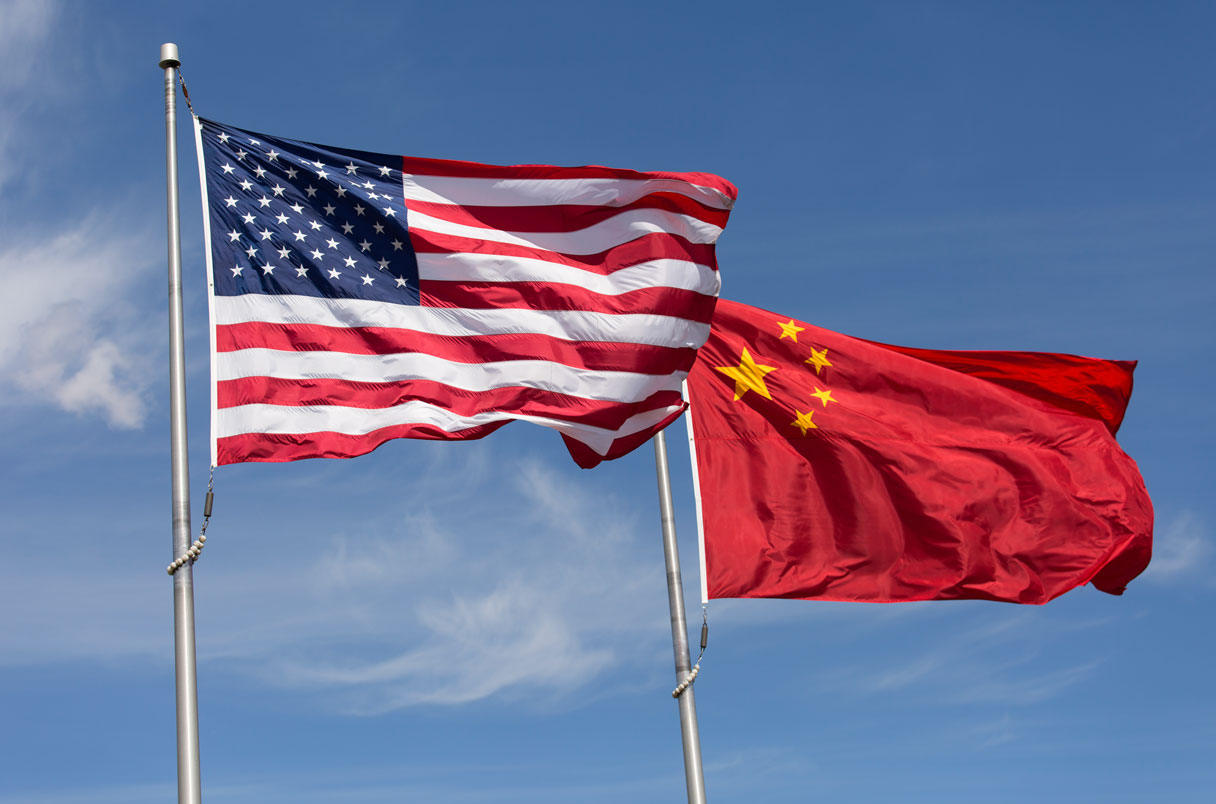
China is ramping up purchases of Brazilian soybeans while U.S. exports slow to a crawl, deepening the U.S. soybean market impact and raising questions about global trade balance. According to Reuters, Chinese importers recently booked around 20 Brazilian soybean cargoes for shipment between December and mid-2026, taking advantage of lower prices and fewer trade restrictions.
What We Know
In September 2025, China imported no soybeans from the U.S. for the first time since 2018. Instead, Brazil supplied nearly 11 million tons—about 85% of China’s total soybean imports that month. With U.S. soybeans still facing a 13% tariff, Chinese buyers continue to favor Brazil’s cheaper, tariff-free supply. The U.S. soybean market impact is already being felt in weaker export sales and falling Gulf prices as American beans lose competitiveness.
Traders also report that China’s soybean crushers face slim profit margins and full storage capacity, with more than 10 million tons sitting at port. This suggests China may continue favoring Brazilian suppliers well into 2026, further squeezing U.S. exporters.
Why It Matters for American Farmers
The growing U.S. soybean market impact highlights a difficult reality for American agriculture. Soybeans are one of the nation’s largest exports, and losing ground to South America could affect not only farmers but also grain elevators, input suppliers, and rural economies. With fewer export opportunities, producers may delay sales, hold more grain in storage, or even shift acreage to other crops next season.
This situation also exposes the risk of over-reliance on a single major buyer. When political or economic tensions arise, U.S. farmers are left vulnerable. The trade imbalance between the U.S. and China has widened since tariffs first hit in 2018, and the pattern may be settling into a long-term norm.
The Bottom Line
The U.S. soybean market impact from China’s pivot to Brazil is already visible in price volatility and reduced export volume. Unless trade negotiations or price conditions change soon, U.S. growers could face another season of uncertainty. The path forward may depend on diversifying export markets, managing costs carefully, and advocating for policies that strengthen U.S. competitiveness in global grain trade.



